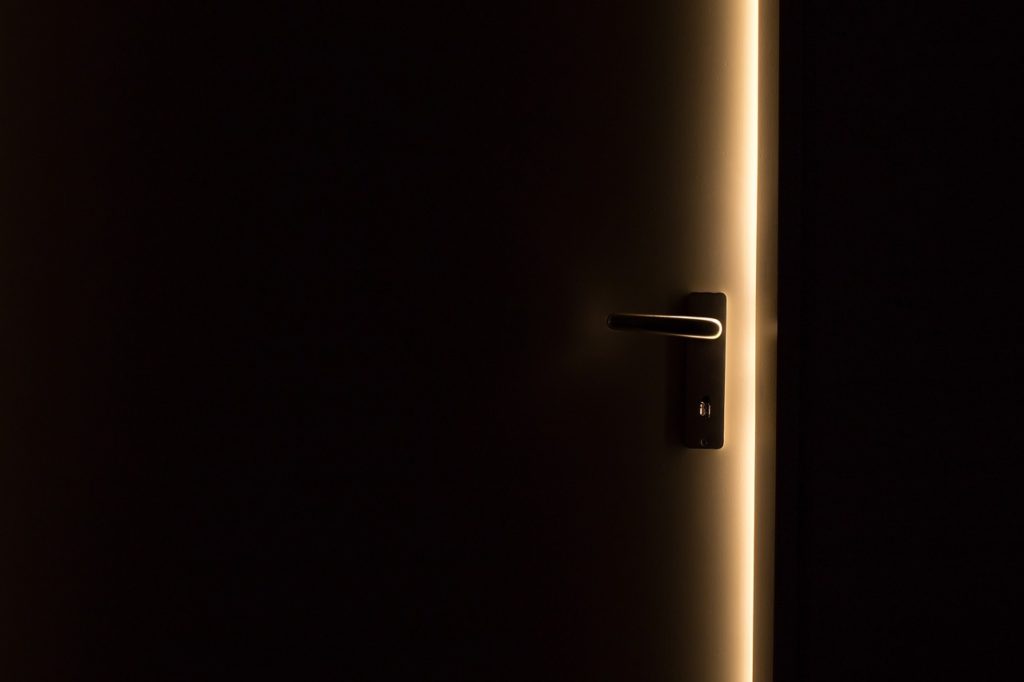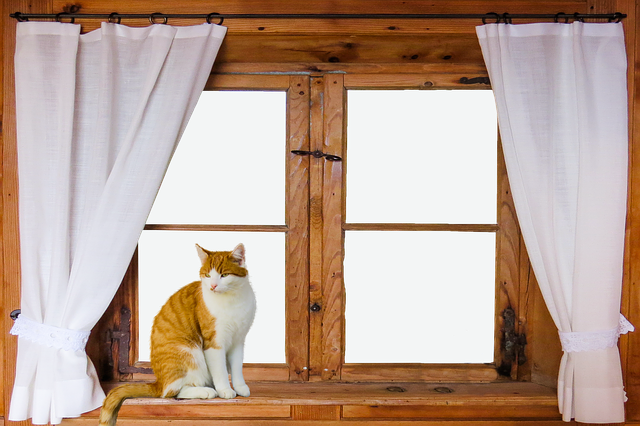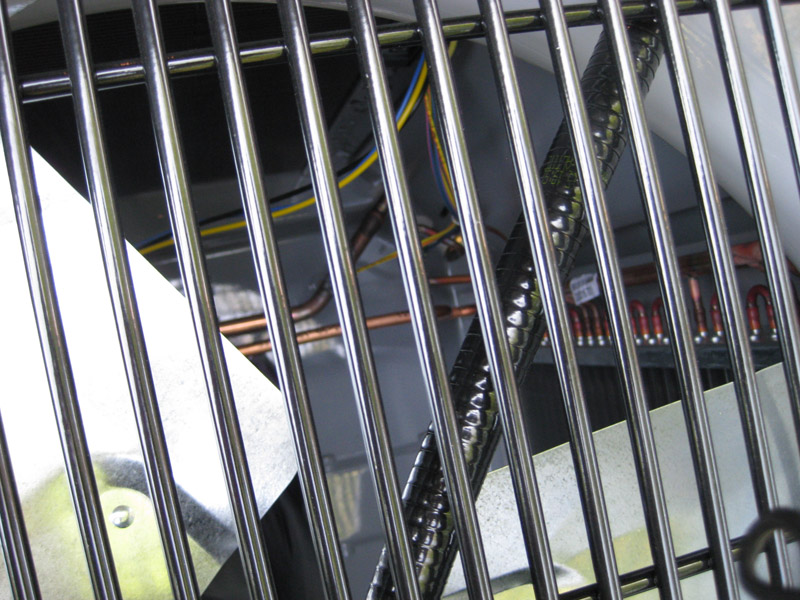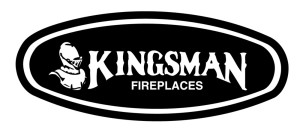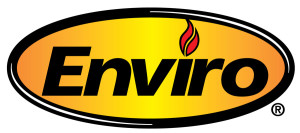How to Save on Your Heating Bill without Having to Crawl Around Under Your House
10 Simple Energy Efficiency Tips That Pay for Themselves in Weeks (7 Are Totally Free)
There’s big money to be saved on your heating bill this winter just by improving your energy efficiency. The problem is, you probably don’t have time or interest in unrolling messy insulation or crawling around under your house or in your attic.
The good news is, there are a ton of super-easy steps you can take to keep more heat in your home, and produce heat more efficiently.
Each of the energy efficiency tips you’re about to see are either free, or will pay for themselves this winter, not five years from now.
10 Energy Efficient Ways to Save on Your Heating Bill This Winter
1. “Do You Feel a Draft?” Check Your Windows
You can feel it, but you can’t find it. That slight cold breeze that’s biting into your winter comfort, as well as your heating bill.
It’s most likely coming from your windows or doors. According to Popular Mechanics, 7-12% of heat loss happens through your doors and windows.
A couple simple steps you can take to prevent heat loss through your windows:
• Keep them closed and locked in the winter. Just by locking them, you close the gap that air can seep through.
Cost: Free
• Put fresh caulking around them to renew the seals.
Cost: Under $10
2. Do You See the Light? That’s a Bad Sign
If there’s sunlight visible under or around your doors, that’s a ‘green light’ for hot air to gleefully escape your home and drive up your heating bill.
Two ways to slash your heat loss through your doors:
• Put weatherstripping around the door. This makes a huge difference, and also keeps bugs out.
Cost: Varies depending on type – from $20 to $100 per door
• Increase the height of your door’s threshold.
Cost: Free, or under $25 if replacing it
If there’s light under or around your door, these two changes will reduce the strain on your heating system, because all that warm air it’s working hard to produce will now be staying in the house.
3. Check Your Attic Access Door
Ever go up in your attic during a cold month, and wonder why it’s nice and toasty up there where no one is? This is a sign that your attic door isn’t sealing well and is allowing heat to escape, just like your other doors.
But unlike your other doors, heat rises, so the attic door’s cost on your heating bill can be even greater. Keep the door firmly closed and sealed, and if necessary, consider adding some insulation (just a small amount – it’s only a door!) or other barriers above the door to keep the heat in.
Cost: Free to Very Cheap
4. It’s ‘Curtains’ for Your Heating Bill
Again – windows are a major source of heat loss. Even with good seals, heat still escapes through them. But in the day, sunlight can come through windows and warm up your house, even in the winter.
So, open your curtains!
In the day, keep them open and let the sun warm up your interiors. At night, close them so you trap a little more heat in the house.
Cost: Free
5. Keep Your Vents Clear
If you have forced-air heating especially, don’t make your furnace or heat pump work harder than it needs to. That’s wasted efficiency.
Keep couches, chairs, low tables, and desks away from your vents so warm air can flow freely and more quickly heat up the home.
Also, putting certain kinds of materials too close to heating vents (and especially floorboard heaters) is a fire hazard. So you shouldn’t have anything too close to your vents anyway.
Cost: Free
6. Don’t Heat an Empty House
If no one’s there, why heat the home? Coming home to a cold house is a small price to pay for a huge savings in your heating bill.
Cost: Free
7. Use Programmable Thermostats
Programmable thermostats make the empty house problem easy to solve without sacrificing comfort, because you can schedule them to come on 15 minutes before you get home or wake up.
And today, there are ‘smart’ thermostats that learn your rhythms and manage your temperatures without you having to do anything. These do cost more though, so the savings take longer to recover, and some systems are not compatible with smart thermostats.
Cost: Under $40 (around $350 – $450 for ‘smart’ thermostats)
8. Dress Warmer
If you don’t want to wear four layers of clothing, big blankets can be very comfortable throughout the day. And more blankets on your bed can accomplish the same thing at night. But just dressing warmer allows you to lower the temperature in your home and still be comfortable.
You will save about 3% on your heating bill for every degree you can lower the temperature on your thermostat. That adds up fast. The difference between a 72 degree home and a 65 degree home will save you a lot of money.
Cozy is the new cheap.
Cost: Free
9. Change Your Air Filter
Some people pat themselves on the back for installing furnaces (or ACs) with high energy efficiency ratings. And you should be pleased – that’s a great decision to make.
But, if you don’t clean or change out your air filter regularly, you’re literally blowing away all the benefits of your higher efficiency unit. A dirty filter makes the furnace or heat pump have to work a lot harder to produce the same amount of warm air required to heat your home.
So, change out your air filter, or clean it if it’s not too bad, and your heater will operate at the level of energy efficiency you expect it to. B&C changes out air filters as part of our regular furnace maintenance service.
Cost of new filter: Varies by size and type – $20 – $80
10. Do a Maintenance Update
Whether it’s your gas fireplace or your furnace, regular maintenance improves your energy efficiency and saves you money.
For fireplaces, when soot and other buildup starts clogging gas flow and reducing the efficiency of the burner, it takes longer to heat up the room because the fireplace has to work harder and the flame is weaker. That means more cost to you – if your goal is to heat your home with your fireplace. If your gas fireplace is built mainly for decoration, then the efficiency question doesn’t really apply to you here.
Learn more about gas fireplace maintenance
For furnaces, faulty components, rusty startup controls, dirty air filters, and parts that have lost lubrication make the unit work harder to produce the same amount of warm air. Lack of maintenance also just reduces the operational life of the unit, so this makes sense from an energy efficiency standpoint as well as a practical one.
Learn more about HVAC maintenance
B&C Comfort is one of the only fireplace repair and maintenance providers in the South Snohomish County and East King County areas.
We’re usually booked out several months, so if you want to tune up your fireplace or your furnace before winter, SUMMER is the time to get on our schedule.


